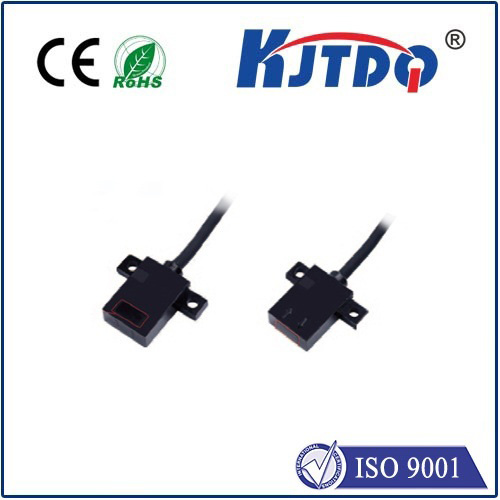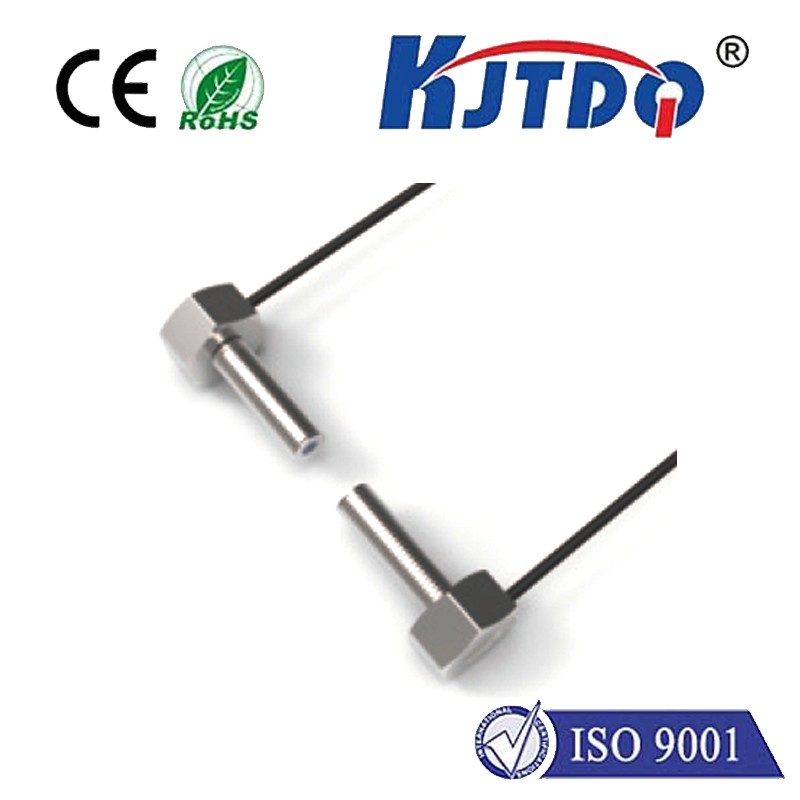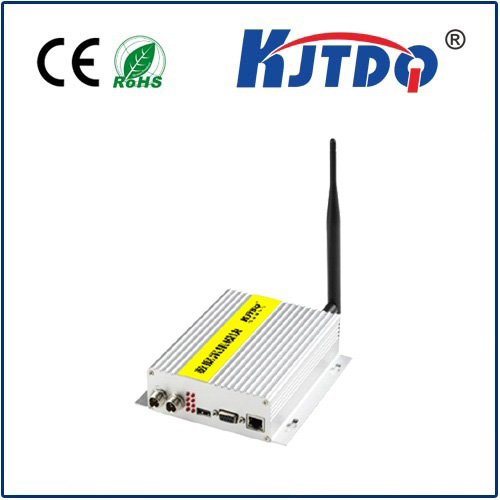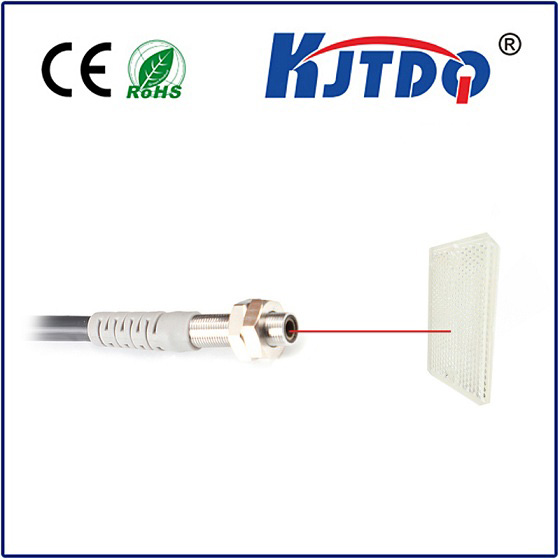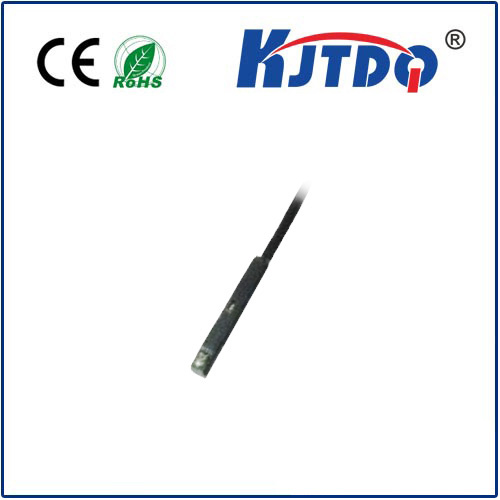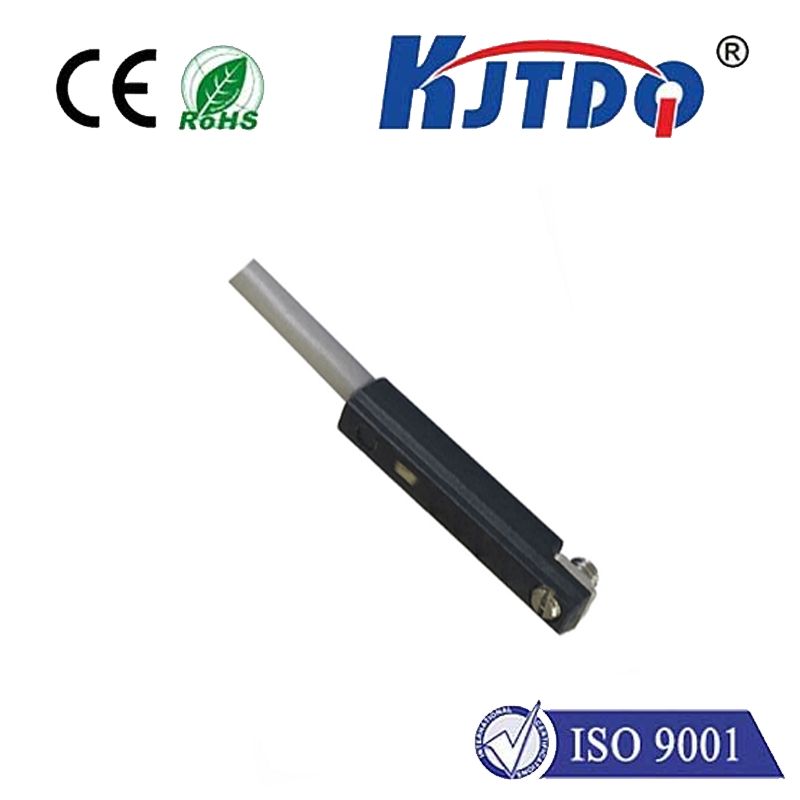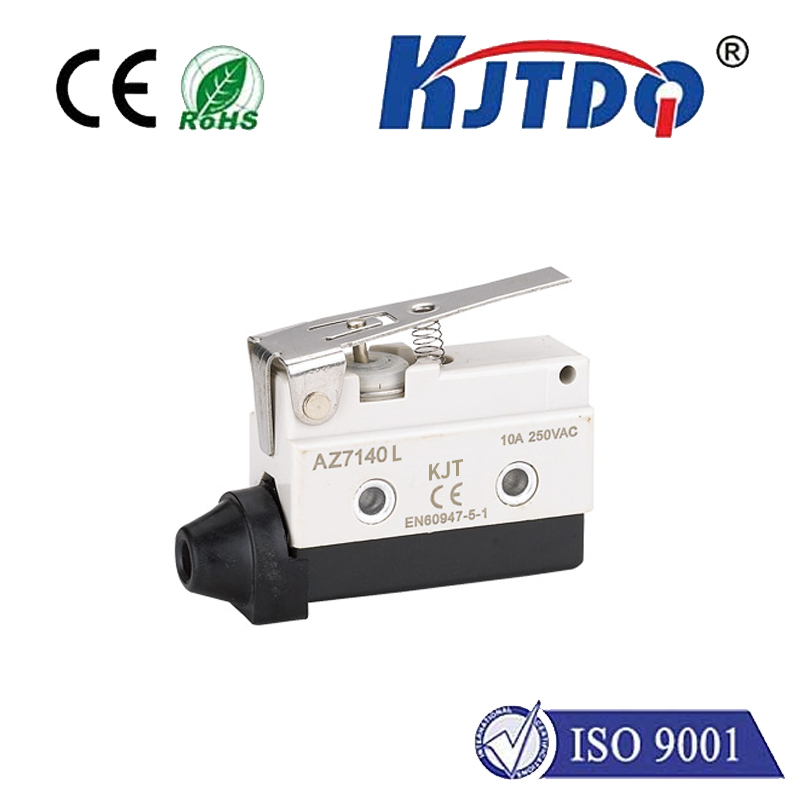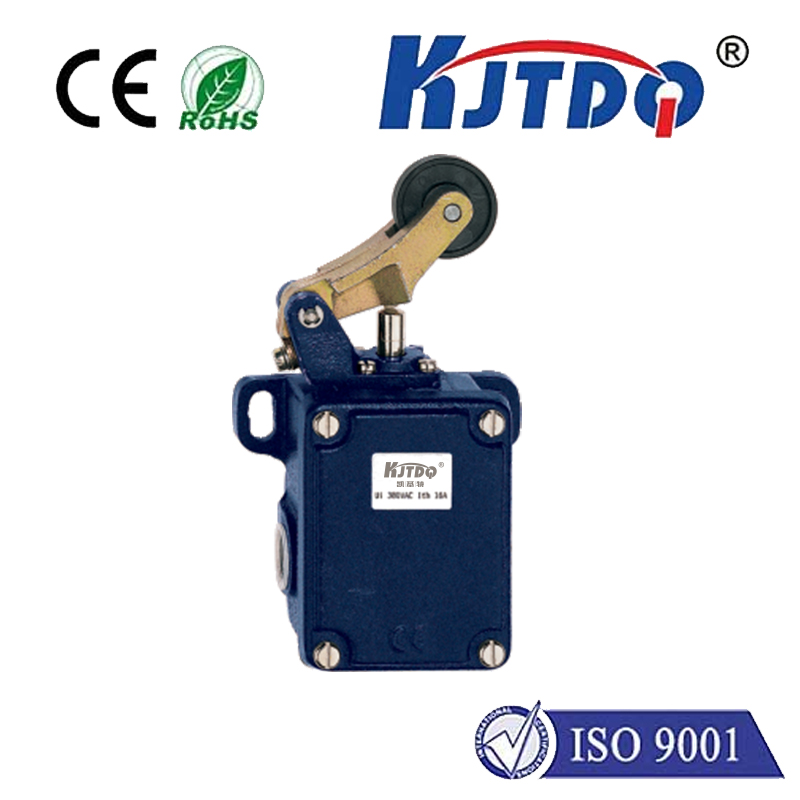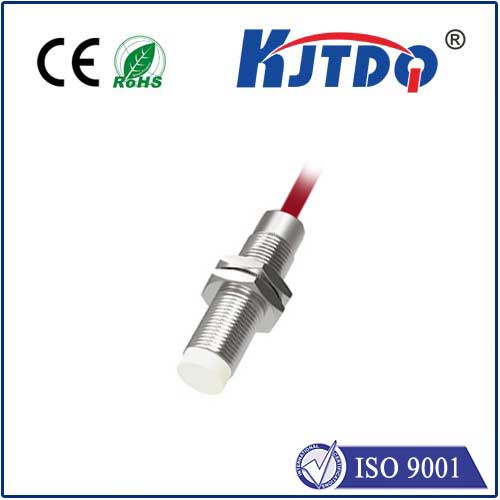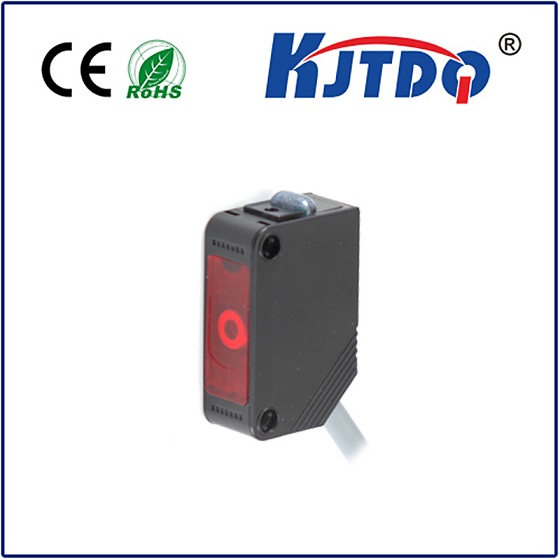BES01T9 high pressure proximity sensor
- time:2025-10-13 20:09:19
- Click:0
BES01T9 High Pressure Proximity Sensor: Unwavering Detection in Demanding Environments
Imagine the relentless forces inside a hydraulic press, the crushing depths of offshore drilling equipment, or the high-pressure washdowns in food processing. In these punishing environments, standard sensors often falter. That’s where the BES01T9 High Pressure Proximity Sensor steps in – a robust solution engineered for precision and resilience where others fail. This sensor isn’t just about detecting metal presence; it’s about delivering dependable performance when the pressure mounts, literally.
Understanding proximity sensors is fundamental. These non-contact electronic devices detect the presence or absence of metallic objects within their sensing range without physical touch, typically using inductive principles. They are the unsung heroes of automation, counting products, verifying positions, and ensuring safety across countless industries. However, when applications involve high pressure, intense shock/vibration, or corrosive media, standard inductive sensors quickly become the weak link.
This is the critical niche the BES01T9 High Pressure Proximity Sensor is designed to fill. Engineered with exceptional durability, its defining characteristic is its ability to operate reliably in environments characterized by significantly elevated pressures – potentially reaching levels far exceeding atmospheric pressure, often found in hydraulic systems, high-pressure die casting, oil and gas extraction equipment, and fluid power applications. Its robust construction is not an afterthought; it’s the core design principle.

So, how does the BES01T9 achieve such reliable operation under pressure? The answer lies in a combination of meticulous engineering features:
- Enhanced Housing Integrity: The sensor body is typically constructed from high-grade, pressure-resistant materials like rugged stainless steel (e.g., 316L). This robust enclosure is designed and rigorously tested to withstand extreme external pressures without deformation or breach, protecting the sensitive internal electronics.
- Optimized Sensing Face: The sensing face, the critical point of interaction with the environment, is reinforced and often features a flush-mount design. This minimizes potential weak points and prevents the sensing coil assembly from being compromised or displaced by high-pressure forces acting directly on its surface.
- Advanced Sealing Technology: Achieving an IP68 or IP69K rating is paramount. The BES01T9 High Pressure Proximity Sensor employs high-performance sealing techniques – specialized O-rings, precisely molded seals, and often potting compounds – creating an impermeable barrier against ingress not only of water and dust but crucially, against the intrusion of high-pressure fluids or gases into the sensitive internal chamber.
- Pressure Compensation (When Applicable): While not always explicitly stated in the name, some variants designed for very specific extreme pressures might incorporate internal pressure compensation mechanisms. These help balance internal and external pressure differentials, preventing sensor diaphragm damage or false triggering often caused by pressure fluctuations.
Why is this pressure tolerance so crucial? Consider common failure points for standard sensors:
- Seal Failure: Standard seals can extrude, crack, or degrade under sustained high pressure, leading to leakage and internal component damage. The BES01T9’s seals are specifically engineered to resist this.
- Housing Collapse/Deformation: Thin sensor housings can buckle or deform under hydrostatic pressure, physically damaging the sensor or altering its sensing characteristics. The BES01T9’s robust housing prevents this.
- Internal Component Stress: Pressure can transmit through seals or tiny imperfections, stressing solder joints, coils, or electronic components, causing drift or failure. Superior sealing mitigates this transmission.
Typical Applications Leveraging the BES01T9’s Strengths:
- Hydraulic Systems: Monitoring cylinder position, valve status, or actuator movement inside high-pressure hydraulic power units where pressures can reach hundreds or even thousands of bar.
- Fluid Power Machinery: Detection tasks within pumps, valves, and actuators on construction equipment, presses, and injection molding machines.
- Oil & Gas Equipment: Providing reliable position feedback on valves, actuators, and drilling components both onshore and offshore, often facing high pressures and harsh conditions.
- High-Pressure Die Casting: Detecting mold position or component presence on die-casting machines where intense pressures are routine.
- Marine & Offshore: Equipment operating at depth or within high-pressure fluid systems on ships and platforms.
- Chemical Processing: Applications involving pressurized vessels, pipelines, or pumps where chemical resistance is also required alongside pressure tolerance.
When specifying the BES01T9 High Pressure Proximity Sensor, several key technical parameters demand attention:
- Operating Pressure Rating: This is the critical specification – the maximum static pressure the sensor can withstand continuously without performance degradation or damage. Always confirm the specific rating for the model variant you select.
- Pressure Spike Tolerance: Can it handle short bursts significantly exceeding the continuous rating?
- Environmental Protection: IP68 (submersible) and IP69K (high-pressure/high-temperature washdown) ratings are common requirements alongside pressure resistance.
- Sensing Range: Inductive sensors have defined nominal sensing ranges (Sn) for ferrous metals (e.g., 2mm, 4mm, 8mm). Ensure the chosen range meets your application’s mechanical needs.
- Electrical Specifications: Voltage range (e.g., 10-30V DC), output type (typically PNP or NPN, NO or NC), and current rating must match your control system.
- Temperature Range: Verify the operational ambient temperature range, especially important if pressure correlates with temperature extremes.
- Construction Material: Usually high-grade stainless steel (like 316L) for pressure resistance and corrosion protection.
Installation Considerations for Optimal Performance:
- Secure Mounting: Use appropriate mounting hardware (brackets, clamps) to ensure the sensor is rigidly fixed, minimizing the effects of vibration which often accompanies high-pressure environments.
- Clearance: Maintain sufficient clearance around the sensor body as per manufacturer guidelines, especially critical near high-pressure lines, to avoid physical damage from flexing pipes or accidental impact.
- Cable Routing: Securely route and strain-relieve the connection cable. Avoid running cables near sharp edges, moving parts, or extreme heat sources. Conduit may be necessary in very harsh zones.
- Operator Safety: Always depressurize the system according to lockout/tagout procedures before installing or servicing proximity sensors near high-pressure lines or components. Safety is paramount.
In demanding industrial landscapes where pressure isn’t just a metaphor but a constant physical challenge, the BES01T9 High Pressure Proximity Sensor stands as a beacon of resilience. Its specialized construction, rigorous sealing, and proven ability to function accurately under extreme conditions make it far more than just another inductive sensor. It’s a critical component engineered to ensure reliable automation, enhance safety, and minimize costly downtime in applications where standard sensors simply cannot endure. For engineers and maintenance professionals designing or supporting systems operating under significant pressure, choosing a sensor explicitly rated and built for these conditions, like the BES01T9, isn’t optional – it’s fundamental to operational integrity.






